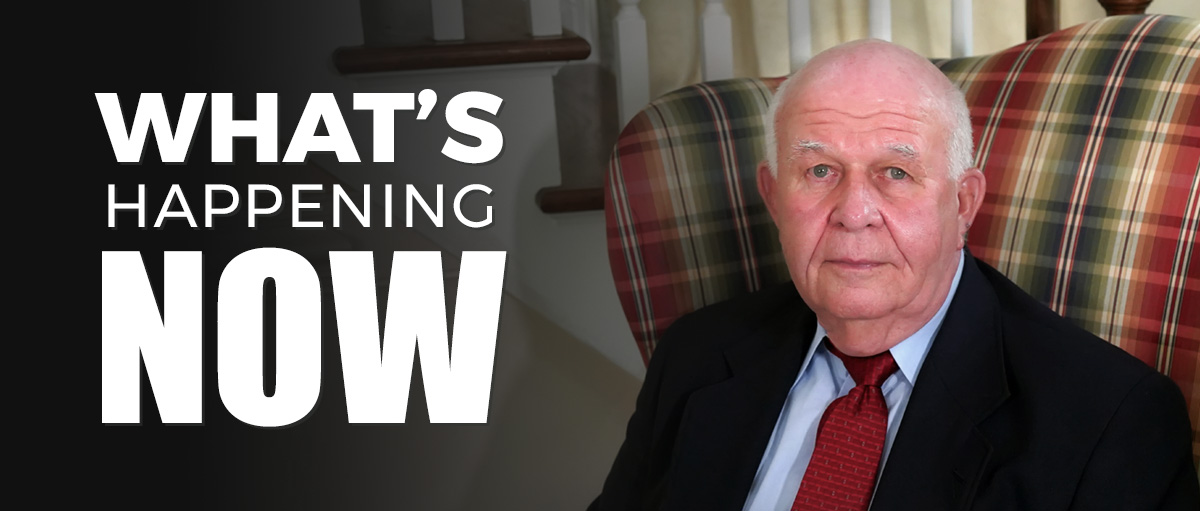Publisher's note: This article appeared on John Hood's daily column in the Carolina Journal, which, because of Author / Publisher Hood, is linked to the John Locke Foundation.
John Hood, president of the John Locke Foundation.
RALEIGH If all you know about North Carolina's recent economic performance is what you get from Twitter feeds, partisan press releases, or brief mentions on television newscasts, then much of what you "know" is flat wrong.
I engage in debate. I welcome it. There are the robust differences of opinion about how governors, legislators, and other officials can best encourage job creation. I think my opinion — that tax rates and regulatory burdens affect economic growth — is
well supported by research and experience. Others think differently.
But these are debates about the future, what may happen. When it comes to what has happened, we need not speculate. We can look at the data.
For example, is North Carolina's dramatic decline in unemployment a mirage? Is it entirely or mostly a statistical quirk that reflects a growing number of discouraged workers dropping out of the labor force?
No, it is not. Let's look at the latest data from the U.S. Bureau of Labor Statistics.
The household survey from which BLS derives its monthly releases of state and local unemployment rates has a fairly small sample size. While BLS reports the "standard" unemployment rate, called U-3, on a monthly basis, it does not feel comfortable delving more deeply into the survey for monthly data explaining what is happening to those no longer considered in the labor force.
Instead, BLS uses 12 months of survey data to construct six different unemployment measures with varying breadths. These six rates are then updated every quarter. The most recent data, in other words, cover the period from April 2013 to March 2014. These annual averages are the most reliable evidence available of the disposition of the labor force in North Carolina and all other states.
The familiar U-3 rate consists of workers who lack jobs and are actively looking for work. For the
April 2013-March 2014 period, North Carolina's U-3 average was 7.2 percent, slightly above the national average of 7.1 percent. That gap used to be much wider. In fact, North Carolina had the second-largest drop in U-3 unemployment in the nation from
2012-13 to 2013-14 — two full percentage points, compared to a national average drop of 0.8. Only South Carolina (down 2.2 points) did better.
Now, we all know that U-3 doesn't tell the whole story. If a worker gets discouraged and stops looking for a job, he's no longer in U-3. If he stops looking for a job to move across town, move out of state, move home to take care of elderly parents, or go back to school, he's no longer in U-3. And if he takes a part-time job making 50 percent of what he used to make, but would still like a full-time job, he's no longer in U-3.
I just described the three broader measures of labor utilization. U-4 takes in discouraged workers. U-5 takes in all other marginally attached workers (those not currently in job search). U-6 takes in the involuntary part-timers.
In each case, North Carolina's labor-market improvement was still either the best or second-best in the nation over the past year. For example, for the April 2013-March 2014 period, North Carolina's U-5 rate — including all workers who have dropped out of the labor force for some reason — averaged 8.6 percent. During the previous 12 months, it averaged 10.8 percent. That's a drop of 2.2 points, the largest in the country. The national average drop in U-5 unemployment was 0.9 of a point.
Here's another way to present the same data. If you subtract U-3 from U-5, you get the share of each state's labor force that consists of discouraged and other marginally attached workers. For North Carolina, that share was 1.4 percent for the period ending in March. The national average was also 1.4 percent. During the previous period (2012-13), 1.6 percent of North Carolina workers were discouraged or otherwise marginally attached. In other words, the rate of worker disengagement in our state is down, not up.
These trends may have policy implications. But I'll leave them for another day. My point here is that if you persist in believing North Carolina's tumbling unemployment rate is simply a quirk caused by discouraged workers dropping out of the labor force, you no longer dwell in the land of reality.


























